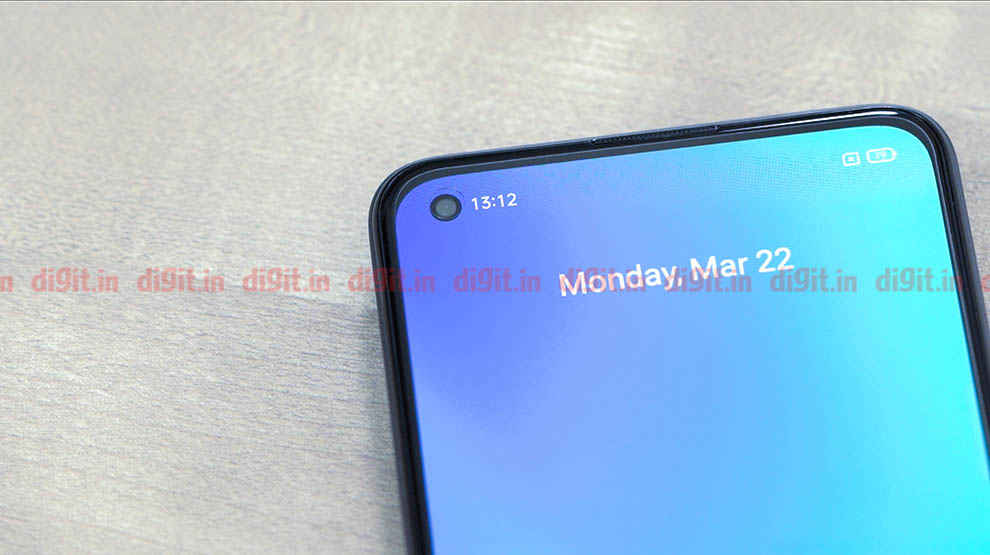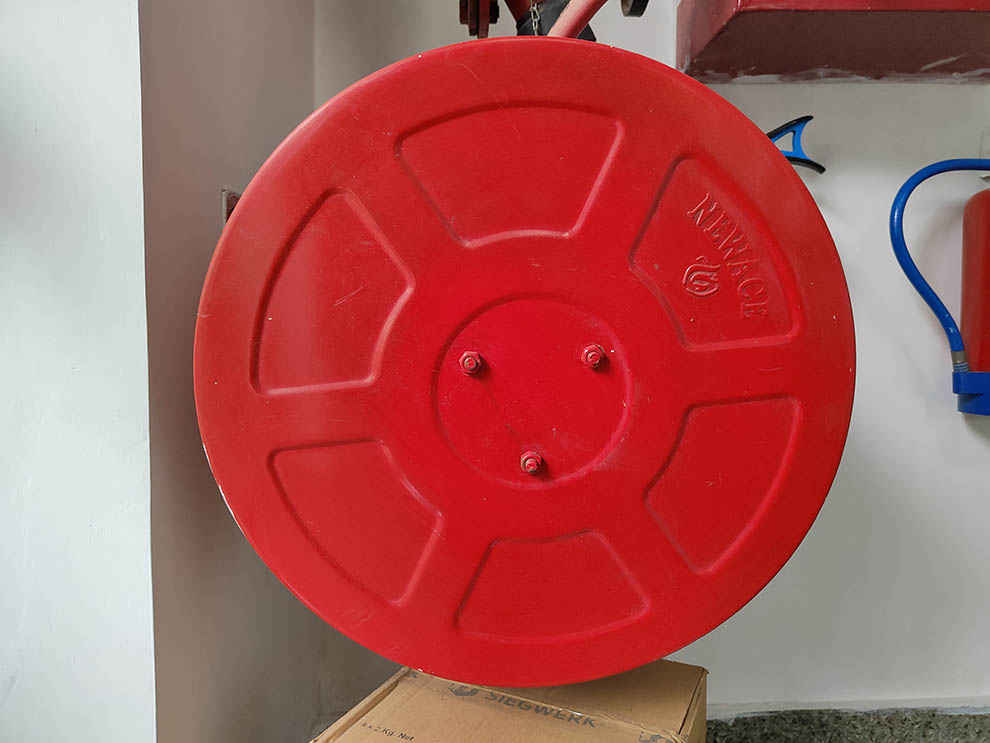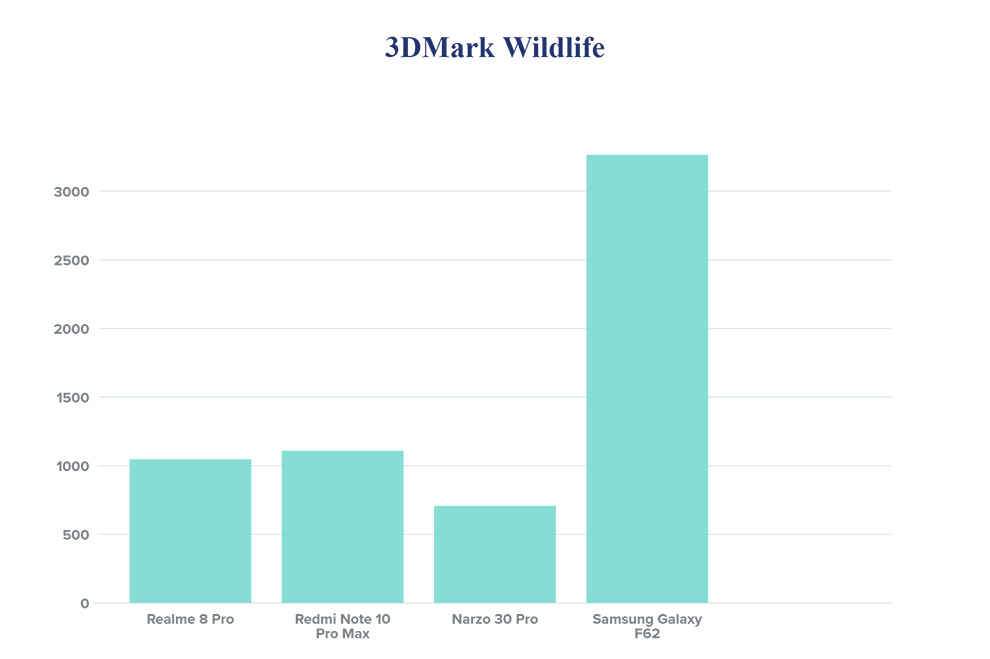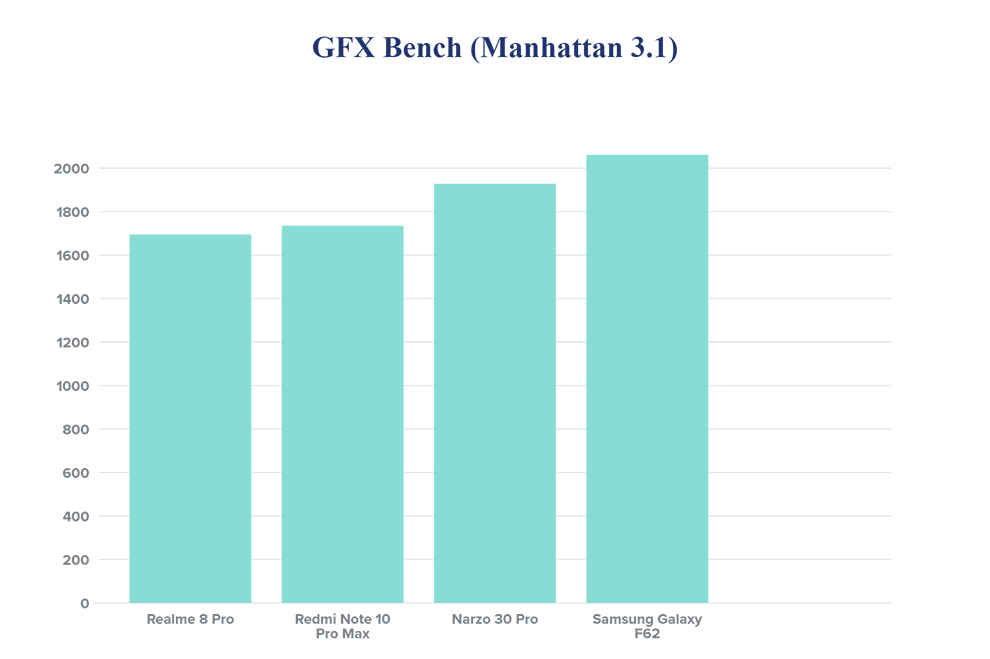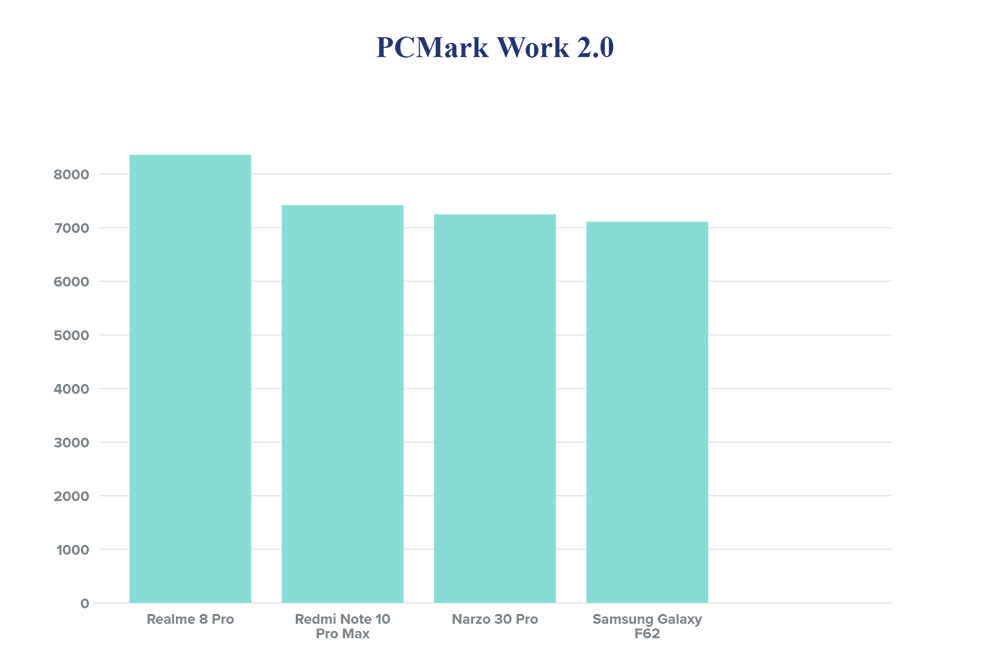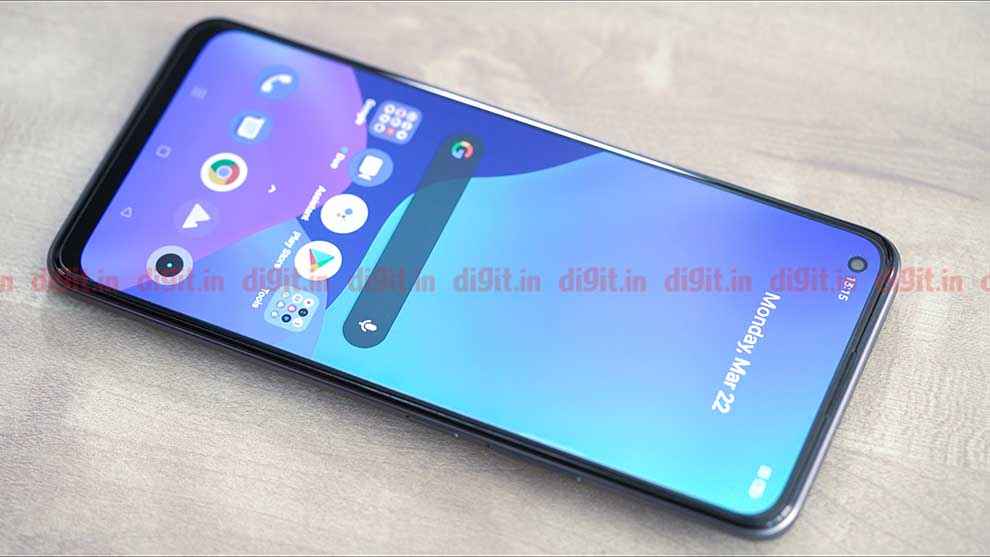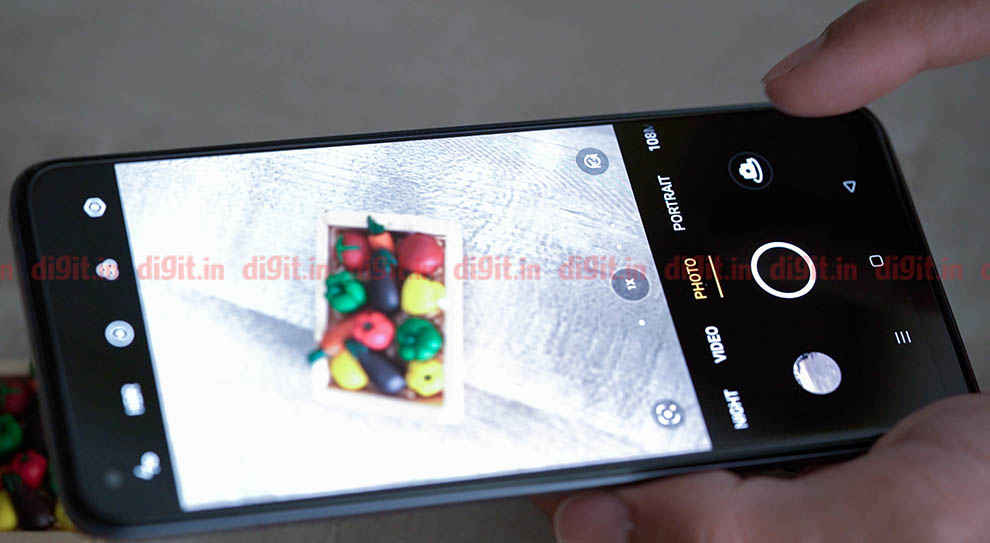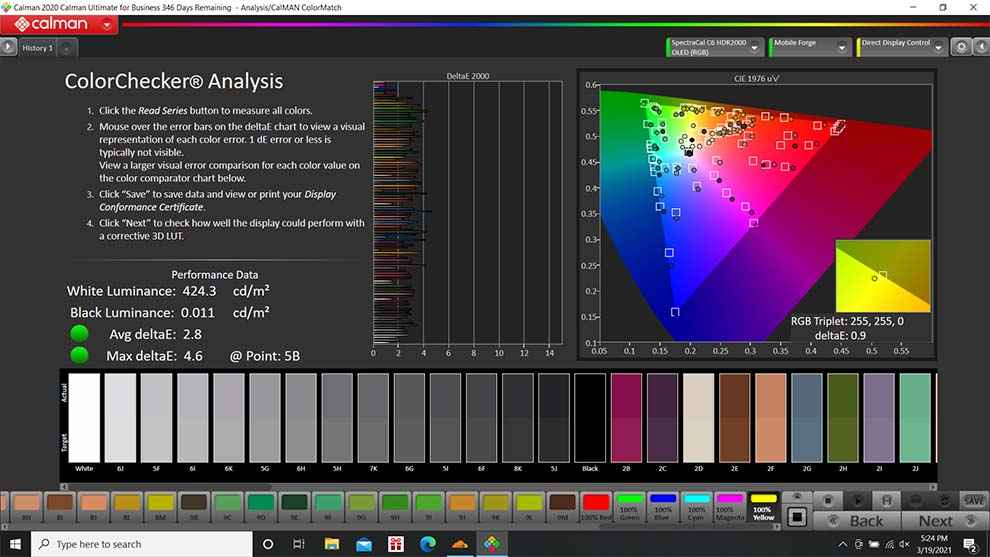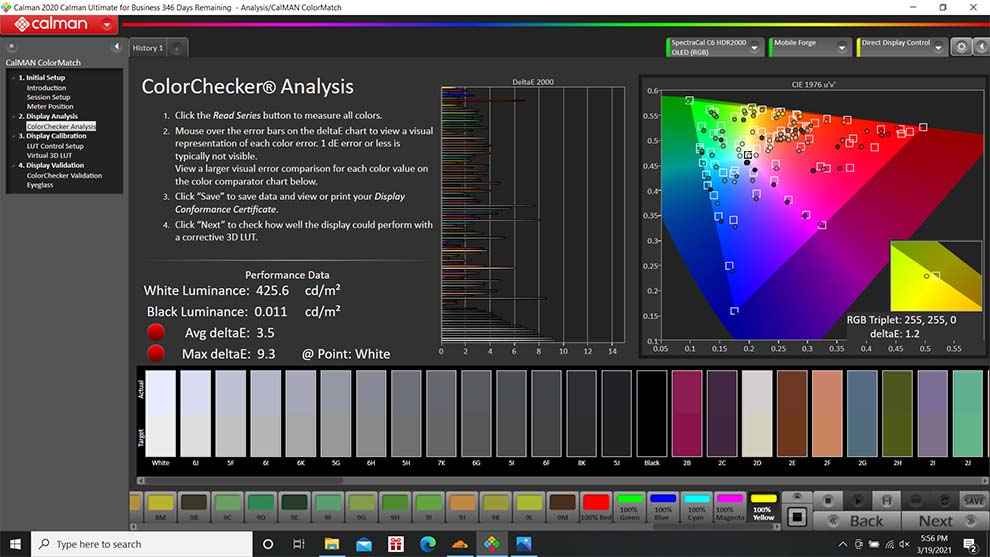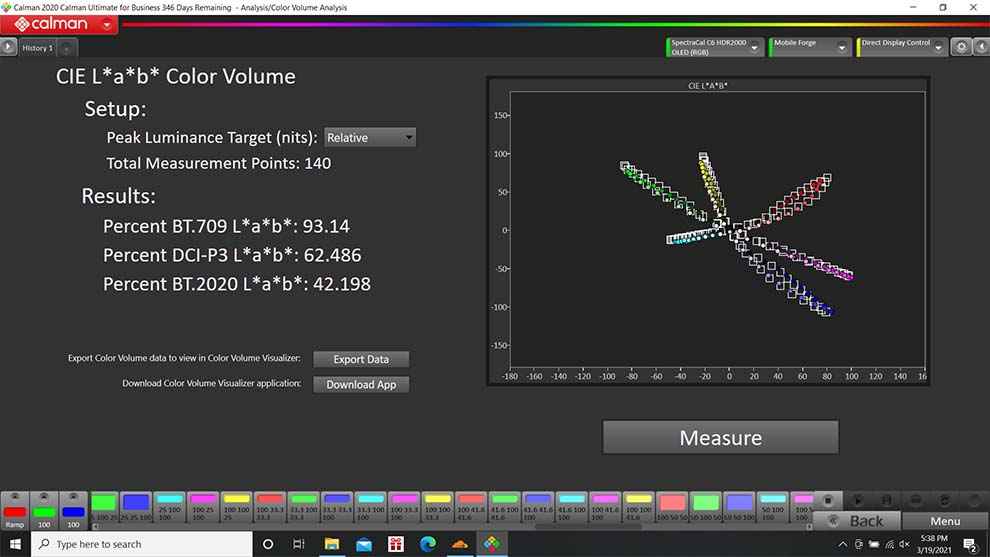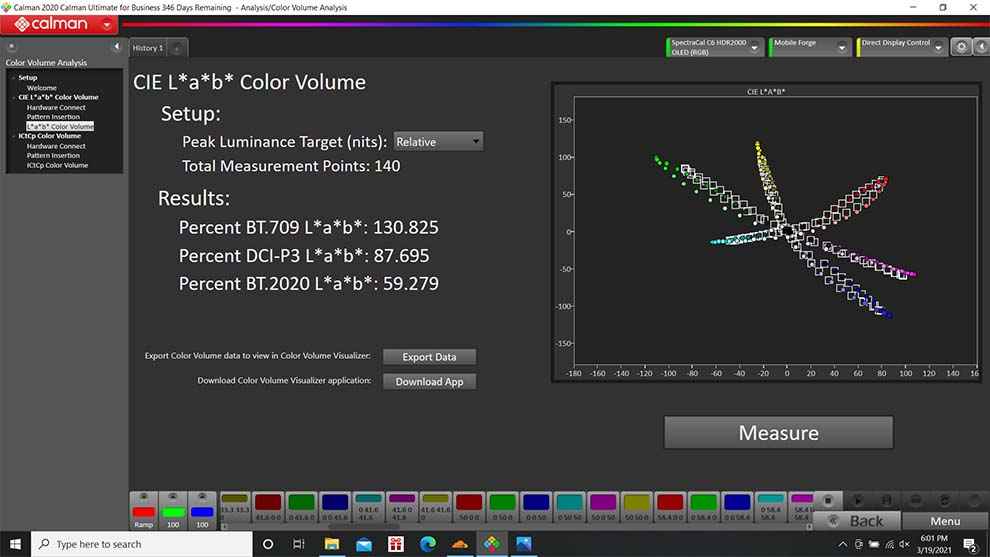Realme 8 Pro Review : Good cameras, but are they enough?
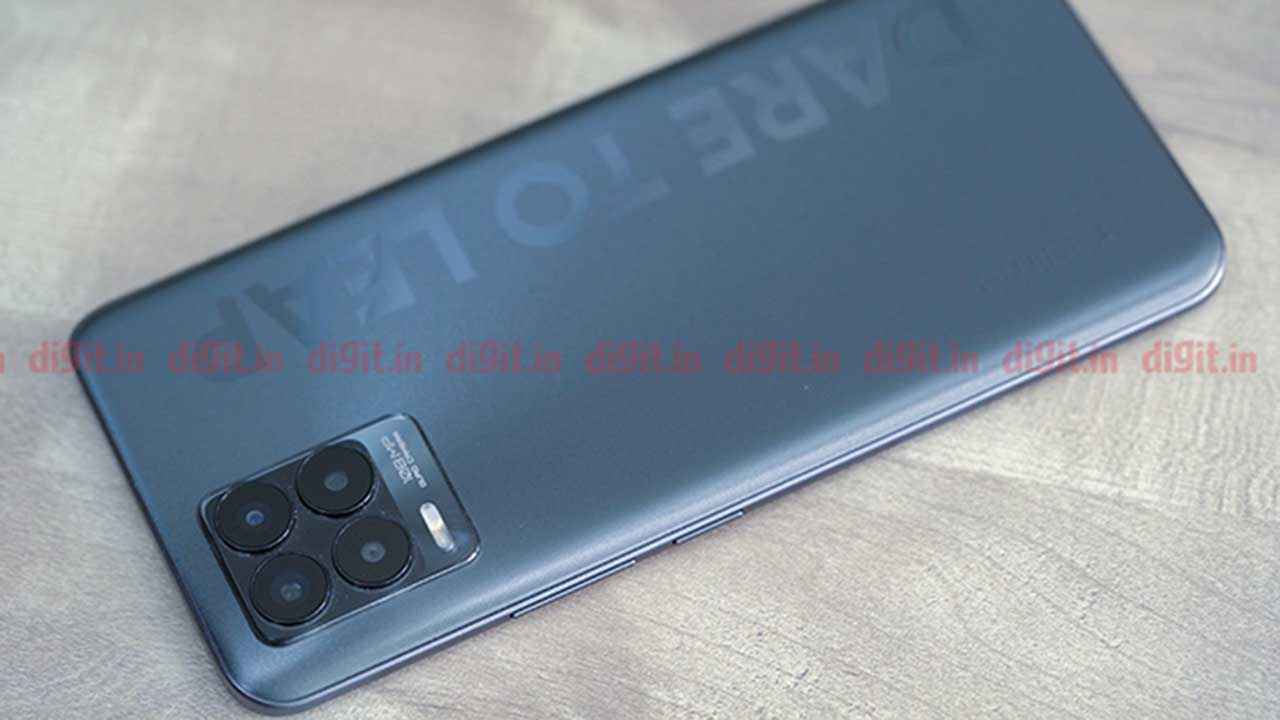
The Realme 8 Pro is a typical Realme device. It's aggressively priced but does not compromise on specifications or for the matter headline-grabbing features. In the phone's case, this feature is its 108-megapixel-lens-based camera set-up. But apart from the cameras, there's not too much to get excited about. Despite being a typical mid-ranger, which has its upsides and drawbacks. The phone provides decent value for money and overall is a good deal.
Over the past year or so, we've seen great democratization in the smartphone space, with phones priced in the affordable segments now packing some high-end hardware and even supporting technologies previously limited to these high-end phones. The latest in the list of such devices is the Realme 8 Pro.
Plying its trade in the sub Rs 20,000 segment, this device from Realme brings a lot to like. However, its main reason for existence is definitely its quad-camera set-up that's housed inside a square-shaped module. In particular, it's a primary 108-megapixel ISOCELL HM2 sensor that's previously been seen on flagships and more recently on one or two mid-range devices — including the Redmi Note 10 Pro Max.
We've had the Realme 8 Pro with us for a while now, and over the last few days, we've had the chance to extensively test the cameras of the phone and even compare the results to what looks to be its biggest competition, the Note 10 Pro Max. But before we start talking about the cameras, let's not forget there's a lot more to the Realme 8 Pro than just cameras.
The phone also brings with it a powerful mid-range chip, decent design, and display. So let's get started with our review of the Realme 8 Pro to find out if the phone's worth your money.
Realme 8 Pro: Cameras
To begin with, the most interesting thing about the Realme 8 Pro is its cameras and that's where we'll start our review. The new Realme phone goes big on optics, as the device comes flaunting a primary 108-megapixel Samsung ISOCELL HM2 sensor. This lens brings support for ISOCELL Plus pixel isolation technology — which claims to reduce the optics loss and guarantees a higher colour fidelity — and also offers 9-in-1 Pixel Binning for 108MP shots and improved image quality under low light conditions.
This lens is sat next to three more cameras, including a 119 ultra-wide-angle 8-megapixel lens with an f/2.25 aperture. There's also a 2-megapixel ultra macro lens and another 2-megapixel B&W lens for helping add details to portrait shots. Honestly, these specs look pretty good on paper, but how do the cameras perform in real life? Well, it's a mixed bag really.
Note: All samples below have been resized for the web. To see the original, full-resolution JPG files, head over to our Flickr Gallery.
To begin with, the primary lens on the Realme 8 Pro performs up to the mark in well-lit situations, with the lens capturing shots with a good amount of detail, but at the software end, the post-processing ensures that colours are boosted but highlights and shadow information is not lost to the eye. While these resultant images are definitely great to look at, and also make for good social media shots with vibrant and punchy colours, they still do not end being shots that are the most colour accurate.
The phone can also click high-resolution images using the dedicated 108MP mode, which as we found can churn out really nice, detailed images. These shots are sharp across the board, with corners not losing details. Taking a deeper look at these shots shows little loss of detail, and generally crisp data to enhance the depth of the frame.
The 8-megapixel ultra-wide lens also does a decent job. Detail retention and colours are good in day-light pictures. There's little noise and the pictures look sharp. However, these images show some sign of distortion towards the edges. The phone also comes with an ultra macro lens, that appears to be there just to make up the numbers. While the lens promises a 4cm shooting distance, the images clicked from close up mostly come out out of focus and not particularly great. The level of detail and bokeh effect in the ultra macro shots are at best decent and nothing to really talk home about.
During our review, we were also impressed by the performance of the camera when it came to portrait shots. Under well-lit situations, portrait mode shots came out with good details, and edge detection. The background blur in these shots is aggressive by default, but it can easily be adjusted by toggling the bokeh effect before clicking shots.
The low light performance of the phone is above average at best, with the primary 108MP lens proving to be the best when it comes to clicking shots in low light scenarios. The phone does manage to capture enough highlights and shadows even at night, but it does start to lose details in some areas.
Realme's also added a Night mode inside the camera software which works on both the primary and ultrawide lens. The mode appears to jack up the brightness but not details, which is a clear hint that behind the scenes, night mode on the phone is doing little more than just increasing the exposure.
Considering the phone comes with the same lens that's also found on the Redmi Note 10 Pro Max, we also compared the camera results of the Realme 8 Pro to those of the Redmi phone and observed a few interesting things.
While both phones captured plenty of details and managed to handle colours well, Realme 8 Pro managed to bring in more details in shadows and also did not lose out on highlights. Comparing the camera samples, the 108MP mode shots clicked by the Realme 8 Pro also appeared to be just slightly more detailed.
However, Note 10 Pro Max appeared to click better low light and definitely much better macro shots. Both phones clicked good portrait shots, the Redmi device won the race because of a better depth effect. Edge detection, however, was good for both cameras.
To conclude, Realme's done a good job with the Realme 8 Pro's cameras, and overall the quad-lens set-up manages to mostly stay true to the claims made by the company. Yes, there are areas that the camera performance can still be improved in, but for most parts, the cameras on the Realme 8 Pro do live up to the billing and provide good value for a phone that's being sold at this price point.
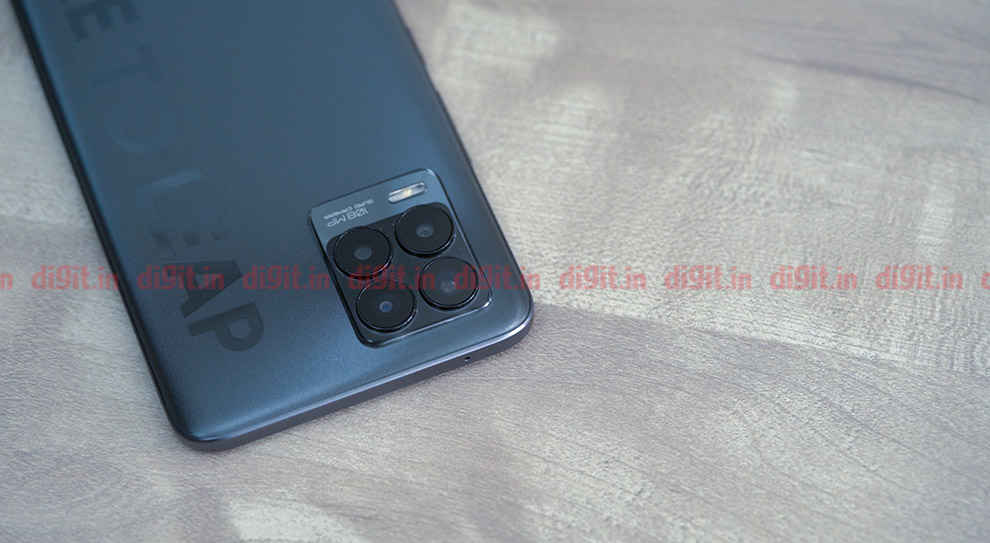
Realme 8 Pro: Performance and battery
While the cameras are arguably the biggest USP of the Realme 8 Pro, the core hardware of the phone is also worth taking a good look at. At the heart of the device is the Snapdragon 720G SoC. Fabricated using an 8nm process, this chipset brings a Kryo 465 CPU with two high-performance Cortex-A76 cores at up to 2.3GHz and six high-efficiency Cortex-A55 cores at up to 1.8GHz, along with a new Adreno 618 GPU, which is the same as the one found on the Snapdragon 732G. In comparison to its predecessor, the Snapdragon 720G is claimed to offer 10 percent improvement in CPU performance and up to 75 percent improvement in GPU performance.
Depending on your variant of choice, this chipset is paired with either 6GB or 8GB of RAM. As we found out during our review, this hardware ensures that the Realme 8 Pro's performance is mostly up to the mark. From multi-tasking to gaming and firing as well as using heavy-duty apps, the experience is almost always buttery smooth. As we mentioned above, the phone handles basic stuff like browsing the web and apps such as Instagram very well, however, we did notice the odd stutter while playing graphics-intensive games like Asphalt 9: Legends. But overall, the performance remained as expected, with no red flags observed during the review of the Realme 8 Pro.
This was also something backed by the results of the benchmarks we ran to test the phone's hardware. For reference, we got decent scores for both AnTuTu and Geekbench on the device. For the former, the phone scored a respectable 288127 points, while for Geekbench we received scores of 568 and 1677 points on the single and multi-core tests respectively. Another CPU-centric test, PCMark Work 2.0 also threw up a decent score of 8358 points.
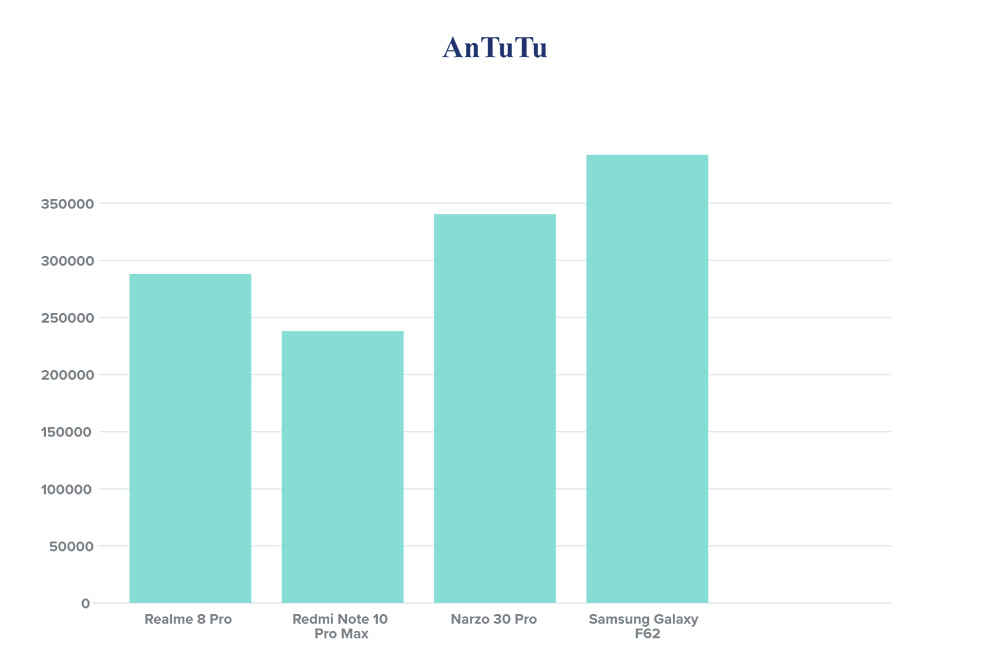
As for graphics, the benchmark scores weren't the highest, with 3D Mark Wild Life and GFX Bench (Manhattan 3.1) throwing up average scores of 1047 and 1695 points, respectively. Even while playing titles such as Call of Duty Mobile and Asphalt 9 Legends, data collected from Gamebench did not show the phone in the best of light. While Asphalt 9 Legends ran at a median FPS of 30 frames at a stability of 98 per cent, Call of Duty Mobile showed a greater drop in frame rates as the median FPS for the game emerged to be just 53 FPS at stability of 98 per cent.
As for the battery, the phone again does well. The Realme 8 Pro comes with a 4500mAh battery that takes about 50 minutes for a complete charge. Realme also claims that the pack can charge halfway in just 17 minutes, but during our tests, this number was close to 22 minutes. As for battery drain, we are happy to report that the Realme 8 Pro's battery is slow to drain and in our video loop test, the phone went on for about 17 hours before being drained completely.
Realme 8 Pro: Design
The design of the Realme 8 Pro is quite basic, which features a back panel with the company's "Dare to Leap" branding message plastered across it. There's also the more subdued Realme logo at the back. And these possibly are the only two elements of the phone's design that I do not like. This honestly is saying a lot considering the back panel and the frame are made out of plastic and not premium materials such as glass or metal.
While the "Dare to Leap" logo plays spoilsport, the back panel does look premium otherwise. The matte finish panel has been given a rather interesting look using an AG-Crystal process. As a result, the Realme 8 Pro's back panel when looked at from an angle, gives off a really nice shimmer effect that makes it look premium. The matte finish panel also makes the phone easy to hold in the hand, as it improves the grip of the device. Further, the fact that Realme 8 Pro is quite lightweight at 176 grams and is thin at 8.1mm is also something that's a definite tick in the design department.
The other major element to take note of is the square-shaped camera module that houses four circular lenses inside it. The module also has a dual-tone finish, which adds another layer of sophistication to the design of the device. Holding the phone together in the middle is the plastic frame of the device. It has the usual volume rocker and the power button on the right, with the left of the frame, left clean to enhance the looks of the phone. The 3.5mm jack, the Type-C port and the speaker grille all lie at the bottom of the frame.
Realme 8 Pro: Display
For display, the Realme 8 Pro gets a 6.4-inch Super AMOLED panel that the company claims uses a special material for improving brightness levels. The panel is rated to display textures at Full HD+ resolution. The display does not support fast refresh rates and works at a standard 60Hz, however, it does support a touch sampling rate of up to 180Hz for improved responsiveness.
Apart from this, the display also supports a DC-like Dimming function and Eye Protection Mode for reducing eye fatigue. Realme also claims the 8 Pro includes sunlight mode of up to 1000 nits to ensure the screen is visible even under harsh sunlight conditions. While this claim is largely true, we found the display truly doesn't reach the peak brightness levels advertised by the company. In our tests, the Realme 8 Pro's display managed to reach a peak luminance of 631 nits while at the lower end, the brightness was 3 nits. Although, it should be noted that these recorded numbers are for brightness across the panel, and not for isolated areas on the display while watching HDR content for a limited time.
Calman Ultimate Colour Checker (sRGB)
Calman Ultimate Colour Checker (sRGB)
We also got a much better understanding of the display when we ran it through our suite of Calman display tests. While the Samsung panel used on the phone isn't bad, it definitely isn't one of the most colour accurate ones we've tested in the recent past. In the sRGB mode, the display managed to perform well as it only threw up an average error rate of 2.8 in matching colours. However, when the display was set to DCI-P3 mode for displaying HDR content, this average error rate jumped up to 3.5, with the max error rate going up to 9.3.
The display's lacking in colour accuracy was also exposed in Calman's Colour Volume test, with the panel only managing to hit 87.69 percent of the DCI-P3 colour space when the display was set to HDR tuning. Again, this isn't bad, but certainly not the best in the segment.
Calman Ultimate Colour Checker (sRGB)
Calman Ultimate Colour Checker (sRGB)
Realme 8 Pro review: Conclusion
Make no mistake, the Realme 8 Pro is a typical Realme device. It's aggressively priced but does not compromise on specifications or for the matter headline-grabbing features. In the case of the 8 Pro, one of these is the 108-megapixel-lens at the phone's back. While the primary lens's high-megapixel count can be discounted by some as a gimmick, its results cannot be. Especially in daylight when this lens can click some really well-detailed shots. The only problem is that these high levels of performance are not matched by the other lenses on the device.
Other than this, the Realme 8 Pro is a typical mid-ranger, which has its upsides and drawback. But, for the price, there's no denying that the Realme 8 Pro is an overall good deal.
Sushant Talwar
Sushant Talwar is a full-time foodie who reviews cool gadgets and binges on TV shows when he is tired of playing video games. He is also in love with football and thinks Manchester United is a religion View Full Profile

